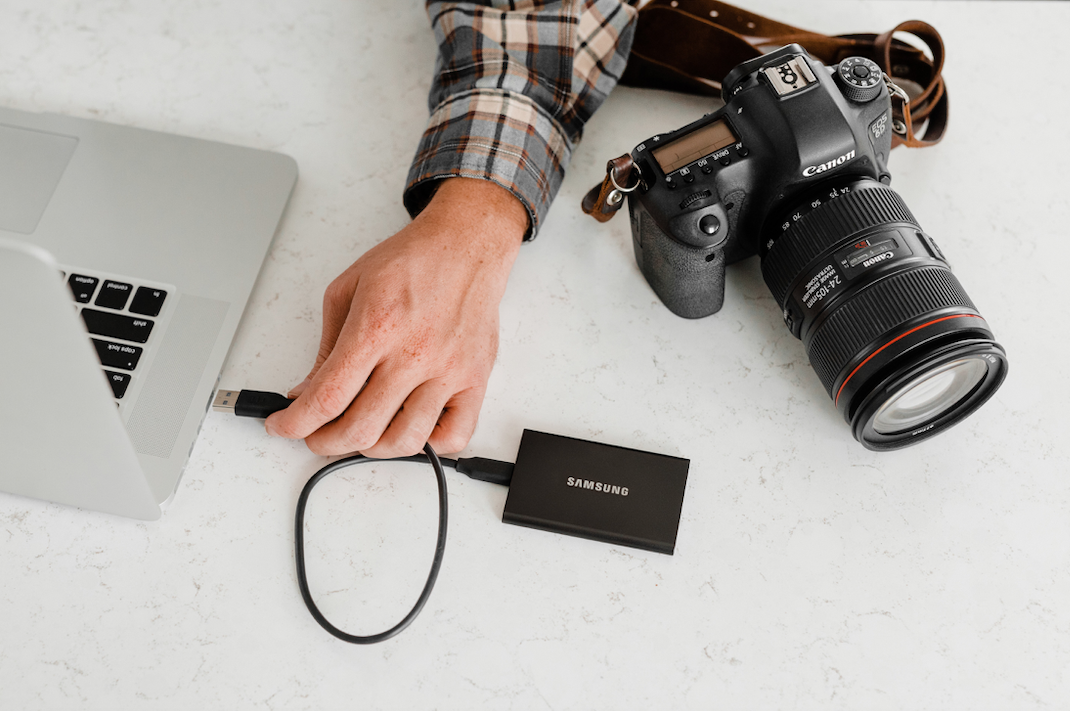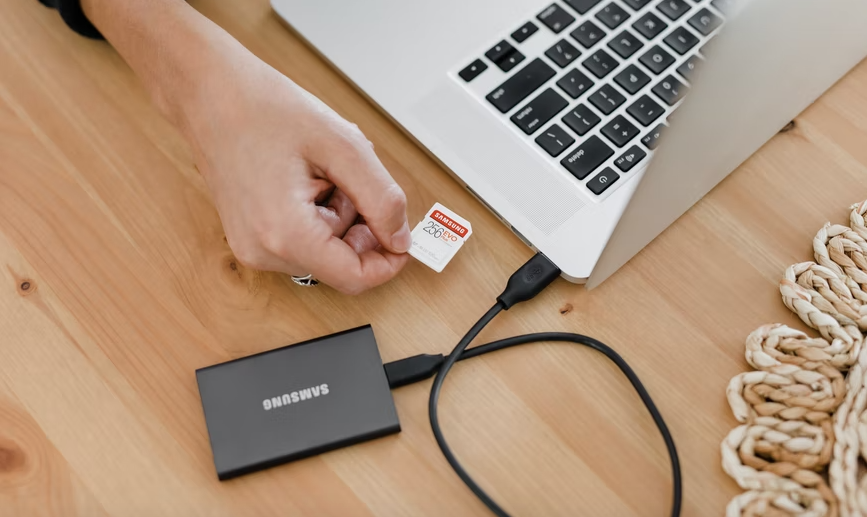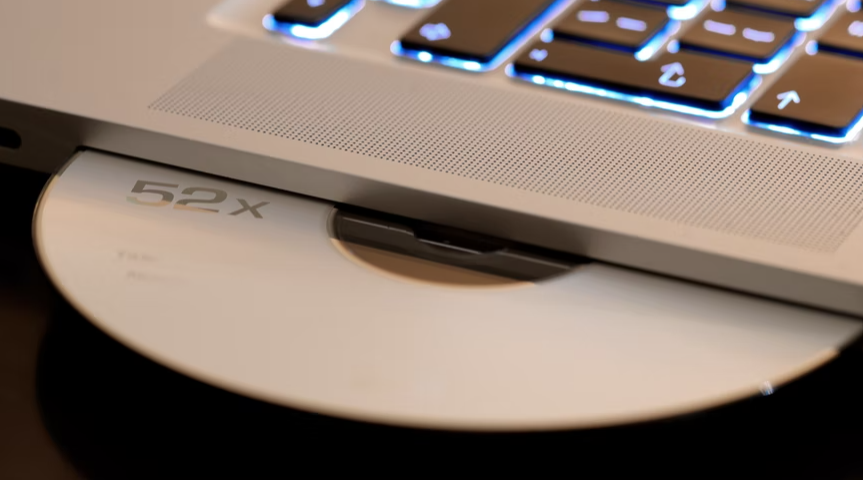Photos are a great way to capture and keep holiday memories, but many of us then end up with a disorganised pile of prints cluttering cupboards and bookshelves, or hundreds of repeat digital images consuming all the storage on our devices.
Whether you use a DSLR, point & shoot or your cellphone, all these devices have limited storage and are vulnerable to theft, damage or loss – which could mean losing all your precious pictures. Here are some methods of storing your files so that you can preserve your photos for posterity.
External hard drive
External hard drives offer tons of storage capacity, are relatively inexpensive and mostly stable. They do however come with the risk of being lost if not kept in a safe place. Capacities of external hard drives are measured in either GB or TB and the bigger the better! Many photographers who use hard drives have backup drives that they keep in a different secure location.
Solid-State Drives (SSDs)
With no moving parts, SSDs are more reliable, faster and quieter than conventional hard drives, while their compact design makes them easy to carry around. Solid-State Drives can however be quite pricey and they are more physically vulnerable than cloud storage.
Secure Digital (SD) Cards
SDs are tiny, rectangular disks that can hold a surprisingly large amount of data (including images). They offer plenty of flexibility, as they can be easily swapped between compatible devices such as cameras and computers. However, it’s worth remembering that they have a limited lifespan, and are all-too-easy to misplace or damage.
DVDs and CDs
Ah, the good old faithful CD! Easy to use and store, it’s a convenient and familiar format. DVDs and CDs are inexpensive and shareable and can store a lot of data. A standard CD holds 700MB, a single-layer DVD holds 4.7GB, and double-layer DVDs hold 8.5GB of data, while a Blu-ray disk can hold up to 50GB of data.
USB Flash Drive
USB Flash Drives are inexpensive and can hold more files than ever before; they are also easy to share and portable. As a long-term storage solution they have their limitations, however: they can be easily damaged or corrupted, which could mean losing your pictures.
Cloud Storage
Cloud storage has many benefits such as being accessible from anywhere (as long as you’re online). It can easily be upgraded if you require more space, and there’s no physical device that you have to carry around – which means no risk of loss or damage. Uploading files to the cloud is convenient and has become increasingly popular in recent years. With this option, however, you have no physical control of files and it requires an internet connection. There is also the possibility of your files being hacked, although cloud storage tends to be very secure.
Once you’ve found the perfect storage solution for your photographs, you’ll be able to interact with the memories you’ve captured much more frequently – and share them with family and friends. For all your photography and image storage needs, look on bidorbuy.












